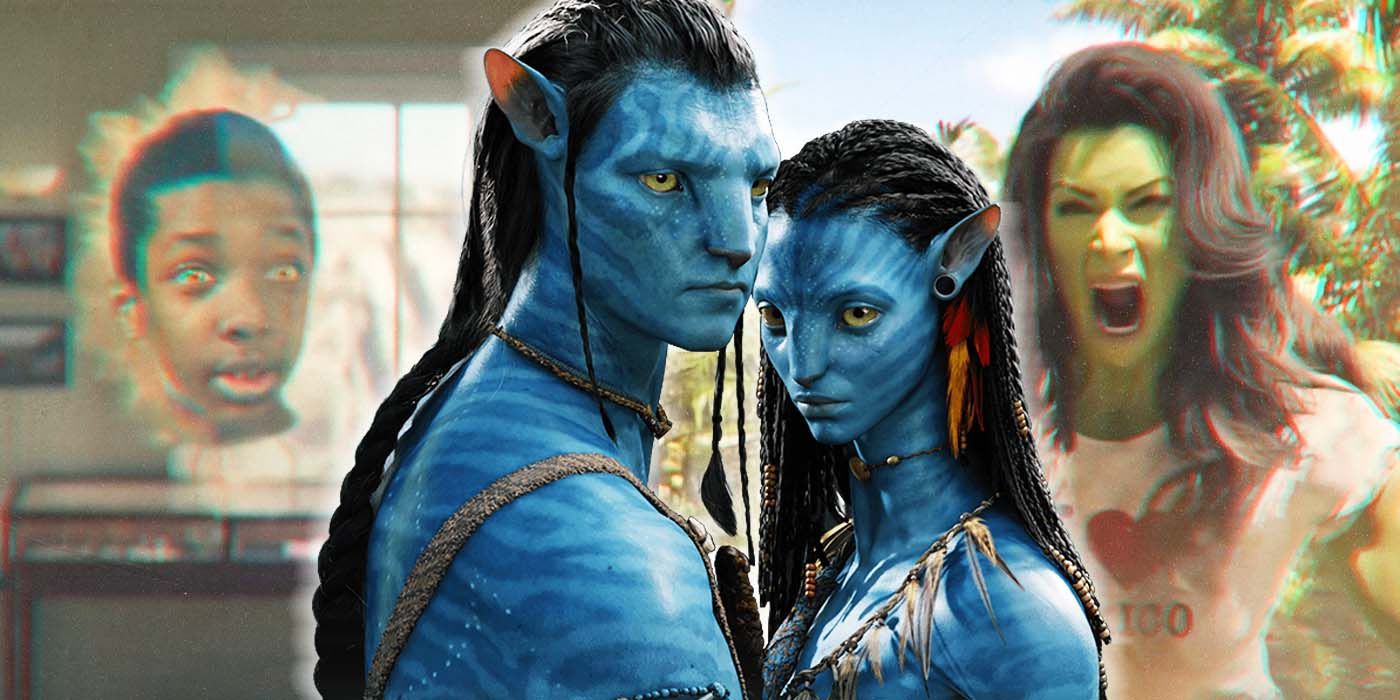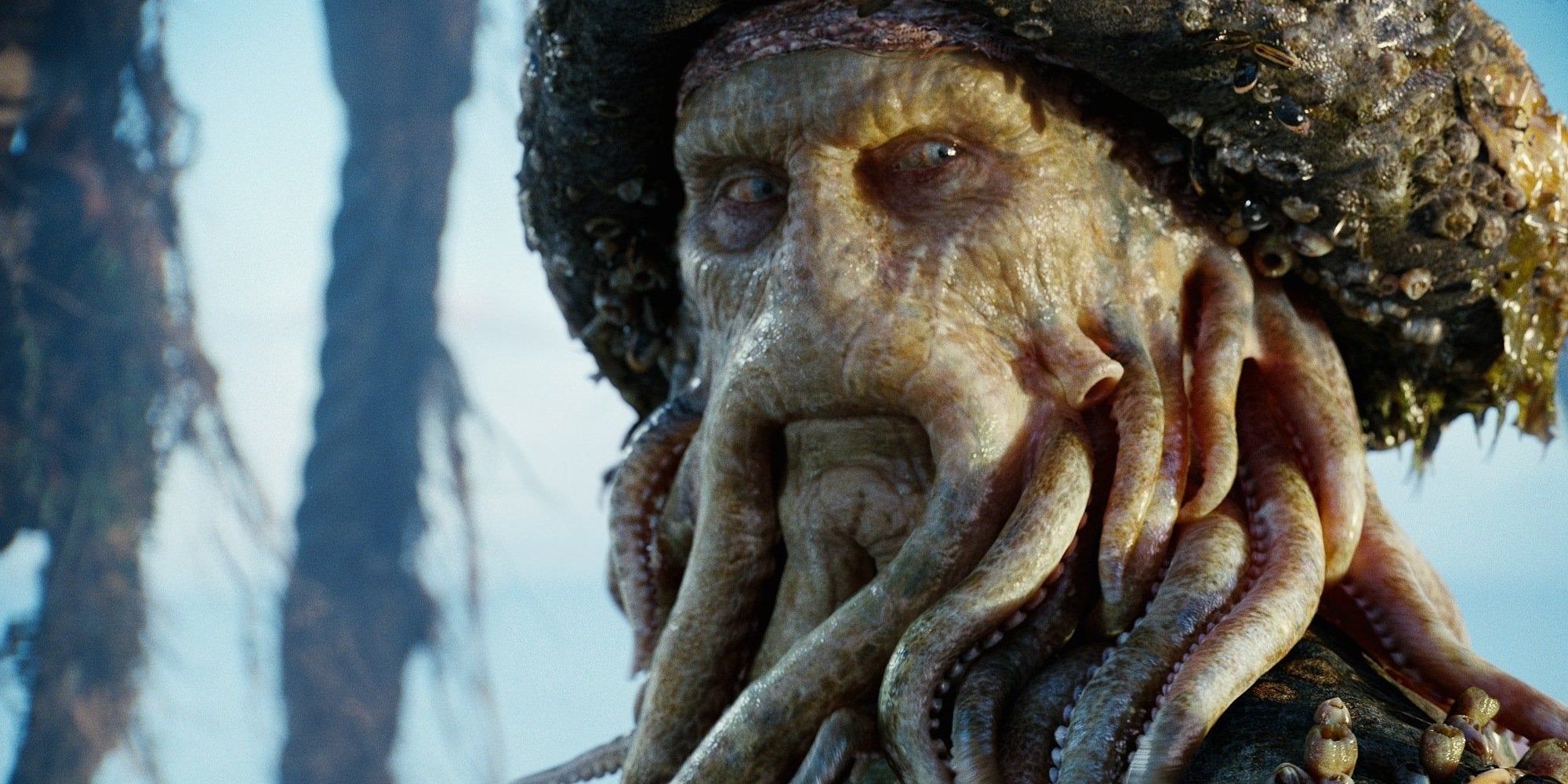As described by movie-making legend Quentin Tarantino, films, at the end of the day, are an "illusion." Despite how much fans may care about a certain character or franchise, the story and events of films are simply not real; they are an intangible illusion. One factor that is key in creating these illusions is visual effects, which nowadays are mostly accomplished through computer-generated imagery, aka CGI. In the previous two decades, audiences witnessed some of the most groundbreaking visual effects ever put on screen. In the Planet of the Apes trilogy, chimps, gorillas, and other apes were replicated with stunning accuracy. Vehicles transformed into enormous metal robots in the Transformers franchise, looking as if they were actually real, and superhero films began to move past their cheesy roots to feel real and grounded.
However, in recent years, critics and fans alike have begun to notice the quality of visual effects decreasing in the entertainment industry. One of the largest examples of this is Marvel Studios, a film company that was previously known for its stunning visual effects and attention to detail. There have even been some very questionable shots in the Star Wars projects Obi-Wan Kenobi and the new series Andor, a franchise that is known for creating the visual effects technology that is used today. Today's films need to take notes from the previous decade of visual effects.
The Causes for the Drop in CGI Quality Are Widespread
The visual effects (VFX) industry is a rapidly growing field that plays a significant role in the entertainment industry, particularly in film and television. However, the industry also faces several challenges that can affect the quality and accessibility of visual effects in productions. One major issue facing the VFX industry is the high cost of producing visual effects. The process of creating visual effects can be time-consuming and labor-intensive, and the use of expensive software and hardware can drive up costs. This can make it difficult for smaller productions and independent filmmakers to afford to use visual effects in their projects.
The VFX industry also faces challenges related to the global nature of the business. Many VFX companies are based in countries with lower labor costs, such as Canada, India, and China. This can lead to a situation where work is outsourced to these countries, which can result in a lack of job opportunities for VFX artists and technicians in other countries, such as the United States. A related issue is the practice of "runaway" production, where film and television productions are moved to other countries to take advantage of lower costs and tax incentives. This can lead to a loss of jobs and economic activity in the countries where productions are based and can also result in lower-quality visual effects.
Why Is CGI So Important?
Visual effects are an integral part of modern filmmaking. They are used to enhance and augment live-action footage, creating believable and immersive worlds that would otherwise be impossible to capture on film. In this way, visual effects can be used to tell stories in new and exciting ways, and they are a crucial tool for filmmakers looking to push the boundaries of what is possible on screen.
One of the most important roles of visual effects in films is to create believable and immersive worlds. This can be done through the use of computer-generated imagery to create creatures, landscapes, and environments that would otherwise be impossible to film in the real world. For example, in the film Avatar, the planet Pandora was entirely created using CGI, and it was so believable and immersive that it was easy for audiences to forget that it was not a real place. This is the power of visual effects. They can take an audience to a new world and make them feel as if they are really there.
Visual effects are also used to create realistic and believable characters. This can be done through the use of motion capture technology, which allows actors to perform in front of a blue or green screen, with their movements and expressions then translated into a computer-generated character. This technique was used extensively in the film The Lord of the Rings to create the characters of Gollum and the Balrog, which were so realistic that they were almost indistinguishable from the live-action actors.
Another key role of visual effects is to enhance and augment live-action footage. This can be done through the use of compositing, where different elements are combined to create a single seamless image. For example, in the film The Matrix, the "bullet time" effect was created by compositing multiple still images taken at different points in time to create the illusion that time was slowing down. This effect was so convincing that it was used in many other films and became a staple of action movies.
James Cameron's Avatar 2 Proves That Great CGI Is Still Possible
Despite the negative trend that the visual effects industry is currently faced with, bastions of hope are still in theaters. The world was shown how good visual effects really could be with James Cameron's Avatar: The Way of Water. The movie showcased the most realistic water simulations ever put to film, with underwater action sequences that dazzled audiences with their level of immersion and attention to detail. However, it was no easy feat, as the film took over ten years to produce, much like the first film in the series. This is no doubt why the film looks as good as it does, as the filmmakers took the necessary time and dedication to bring their imaginary movie to life.
Hollywood needs to stop pumping out endless amounts of content featuring visual effects and instead focus on quality over quantity. Some of the most popular films being released today are superhero films, which often feature extensive action sequences or imaginary worlds. These are incredible tasks, and the artists deserve more time to perfect their craft.



